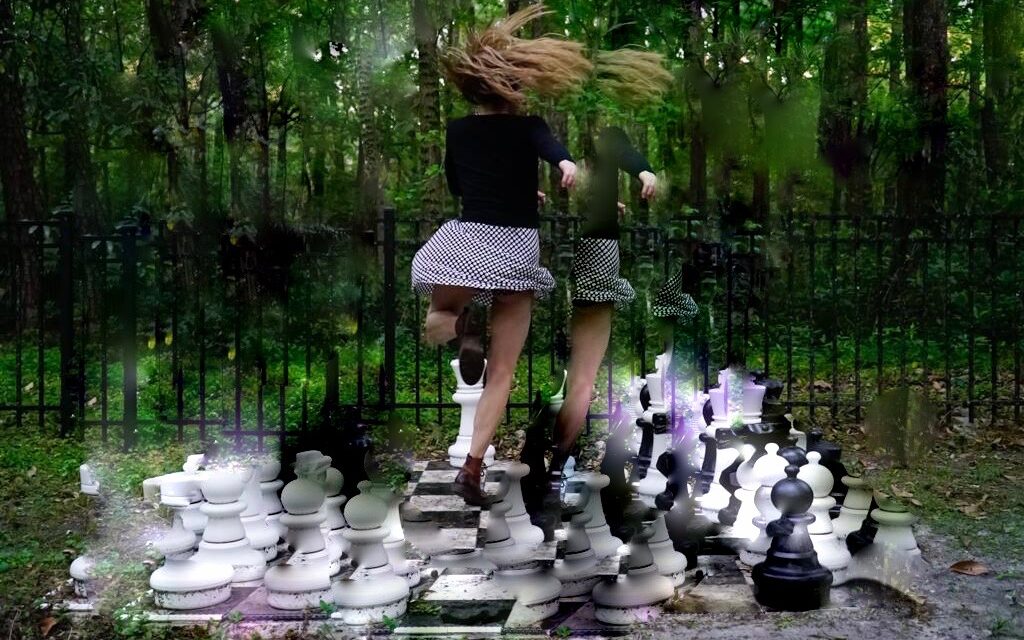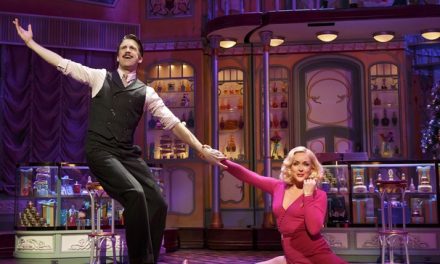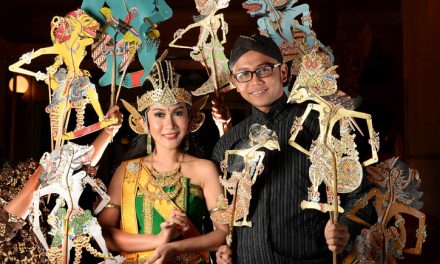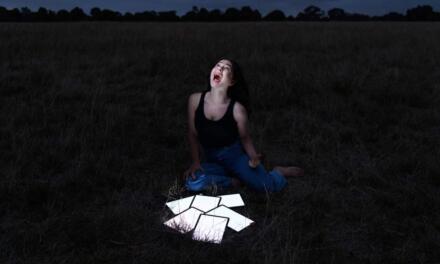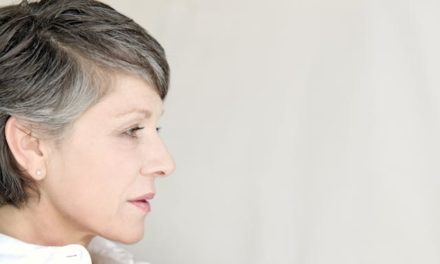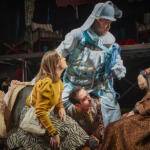Galina Borissova is a dancer and choreographer, working mainly in the field of modern and contemporary dance. Her professional path is almost 40 years long, resulting in the creation of more than 40 artistic projects on stages across Europe and the USA, and the writing of the 400 pages of her book Dance Images and Artistic Preferences (New Bulgarian University Publishing House, 2011). Yet, this is just the tip of the iceberg. At the same time, Borissova teaches dance, maintains a blog about dance, runs the Etud Gallery in downtown Sofia and organizes the annual contemporary dance festival Etudes and Friends. With her persistent – but simultaneously always floating in new directions – artistic presence, Galina contributed significantly to the establishment of the Bulgarian independent art scene and is one of its guiding lights. In these confusing, pandemic times, she discusses possible choreographic perspectives on the present and near future, her work and artistic plans, and both viral and artistic mutations.
Ina Doublekova: The composer Emilian Gatsov-Elbi once jokingly called you “a mutant choreographer.” You seem to like this definition and recognize yourself in it. But how do you perceive it today in the pandemic, when “a mutation” is something that worries us? What does it mean for you as an artist in the present context and beyond?
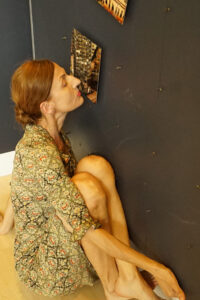
Galina Borissova, photo by Ani Collier
Galina Borissova: Indeed, I accepted Elbi’s joke as emblematic of what I do, because thorough the years everything evolves, mutates and develops. It is up to us whether this happens in an aggressive or delicate manner. With time, we learn how to control it, especially when we want to prevent harm to others. However, the overdue prevention of mistakes stops progress, for which practicing is very important. It is true that the pandemic worried us, and it is not pleasant to have so many restrictions and someone else making decisions on our behalf, yet pandemics have occurred many times. That is why, if we do not want to be gloomy people, we should respect history and extract possible advantages out of any bad situation. My hope is that the current need to slow down will make us reconsider life and what is valuable.
My own work transformed through the years from very surrealistic, with a lot of dance and choreography involved, to a style that is rather thrifty, indirect and minimalistic. While as a beginner I wandered and wanted to make my own discoveries, now I use what was made before me and try to mutate through and within it. Mutating is a natural process, which can also be triggered by human interference. That is why I think that artistic experiments need to be responsible, because they can also cause irreversible damages. I constantly remind myself that the purpose does not excuse the means. This is also why I hope our errors won’t be fatal.
ID: In the second half of 2019 you premiered your latest works – the intimate performances The method of Ms. Lydia and How Fast Life Flies from January to December, which seem to have strikingly predicted the forthcoming need to look deeper into our daily routine, to disentangle its textures, to learn to see the metaphysics of the habitual. Was that part of your intuition when you started working on these pieces and how do you think of them now, a pandemic year later?
GB: Both pieces result from previous experiences. They are part of my rejection of the requirement to show how technical and productive artists are; they do this by splitting responsibility between the performer and the audience. We cannot ignore those who come to watch us and appreciate what we create. So, when our intuition and experience tell us to look towards simple things and basic values, mutual respect and listening become important to the process. Therefore, I never undervalue my audiences. I always think that among my viewers there are probably people who are more talented than me. This image challenges me to be more genuine, to be myself, and to not to make any compromises. At the end of the day, the question is, how do we present our individual discoveries?
ID: What are you working on at the moment? As a choreographer, what body movements and gestures related to the pandemic and its rules do you imagine becoming important on stage in the near future?
GB: At the moment, I am much more interested in processes than results. That is why, for the last two months, I have been rehearsing REPERTOIRE, a long-term project where old solos of mine will be reenacted by different artists. I am working with Iva Sveshtarova, Violeta Vitanova and Silvia Stanoeva. We aim to not alter or substitute existing choreographies with new ones, but rather to find out whether this already-created content can acquire new feeling, depictions and positions. Our bodies are not solely containers of thoughts, emotions and consciousness; they have their own memory. The layers accumulating over the years encode cultures and identities, which we can recognize through our personal experience. That is why it is important to look back to our ancestors in order to know better what we need to look towards in future. I imagine “future” as a hologram rather than as a frozen marble sculpture. The structures that we will be creating won’t be regular and neither will they repeat.
ID: What can we learn if we try to imagine the COVID-19 pandemic as a choreographic project, given all the bodily rules and movement regulations?
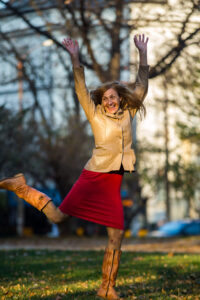
Photo by Adriana Chapkanova
GB: Everyone who has lived through something wants to share it with future generations, but the question is always how and when to do it. There has to be distance before you can comprehend what has happened. The biggest challenge now is how this collective experience can be told on an individual level, because everyone experiences things differently so generalizing such an experience is very hard. For some people, the pandemic brought benefits – they earn more, work from home, and enjoy their life – while for many it brought misery and despair. This discrepancy stands out more and more, and solidarity becomes necessity.
We also need some kind of a global electric shock to shake us from the stiffness of our bodies and to lead us to a more civilized way of living. What is really important for me at the moment is primordial morality, combined with the new tendency to return to studying and scrutinizing details.
ID: Though you create pieces with other artists, the solo seems to be where you fit best on stage. Is that right and if so, why?
GB: The solo form is definitely the hardest one, and it is also the most merciless. I enjoy observing myself, and remaining on my own. It is tough, you can go crazy – as we have seen since the first lock-down in March – but if you manage to pull yourself together and to establish an aesthetic control through which to convert this isolation into art, a solo is the greatest possible form of expression. In that sense, art can literary save us in difficult times. I hope more people will come to understand this. For instance, it is good to use the depressive states of mind to redecorate your home or garden, and to exploit them as an entry point into your own imaginary world that is beautiful and just, instead of letting them conquer you.
ID: Your artistic endeavors are often inspired by canonical figures like Maria Callas or emblematic literary works of authors such as Anton Chekhov, Marcel Proust, and Virginia Woolf. Why is that?
GB: Characters in literature are an accumulation of vast layers of experiences, which in my opinion, makes them richer choreographic material than any other individual experience. That is why some of my performances build on knowledge attained by those extraordinary people, characters and writers, of whom we can only by proud as a civilization.
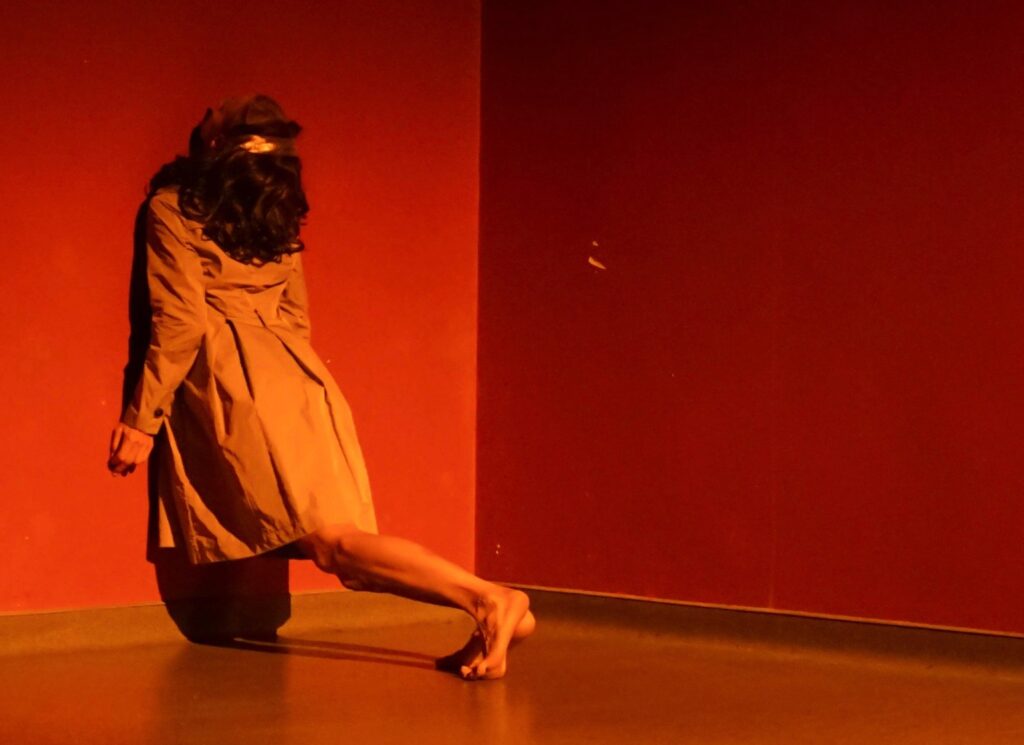
Borissova, performing her solo “I Dance Maria Callas”. Photo: Ani Collier
ID: Since 2006 you have maintained a blog about dance, and in 2011 your book Dance Images and Artistic Preferences was released. Isn’t it a paradox that, while you create dance, which uses body as a language, you also need to talk about it in written form? Why do you need words, and why do you separate them from what you do on stage?
GB: A newborn first learns to move, to express itself with gestures, and later starts talking. Personally, I trust what is done more than what is said. What is more, I have more experience with bodies – mine and others – but words need to be used for some things, when they are on the right spots. My blog came into being from the need to better understand my artistic work once it was done. I started analyzing my creative processes and then found many people were reading my publications. This inspired me to continue regularly publishing my own texts, together with translated pieces about dance and the performing arts in general. Live performances are very fleeting, so one way for this experience to live longer is the written form.
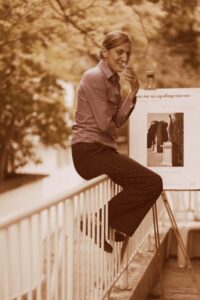
In front of Etud Gallery. Photo: Velin Belev
ID: You also teach, run Etud Gallery and organize the Etudes and Friends festival. How do all of those activities fit into your artistic cosmos? What is their role?
GB: I loved teaching at different institutions; I was doing that regularly in between my performances and tours. Nowadays, I rarely get involved with academia. I prefer to lead informal seminars and workshops in smaller groups. However, I believe teaching taught me how to explain things and how to pass on my knowledge. Etudes and Friends festival appeared spontaneously after nine years of organizing dance concerts, and showing short choreographies. Organizing a festival takes a lot of time but all the encounters in its condensed form are very pleasant. And I am extremely happy that Etud Foundation (founded by Ani Collier in 2005) provided us with Etud Gallery, which became an artistic space for residencies, rehearsals and meetings. At the moment I am eagerly involved in taking care, invigorating and curating it.
This interview was held as part of “Zoom In / Приближаване“, an individual project of the author, supported by the National Culture Fund of Bulgaria.
This post was written by the author in their personal capacity.The opinions expressed in this article are the author’s own and do not reflect the view of The Theatre Times, their staff or collaborators.
This post was written by Ina Doublekova.
The views expressed here belong to the author and do not necessarily reflect our views and opinions.

